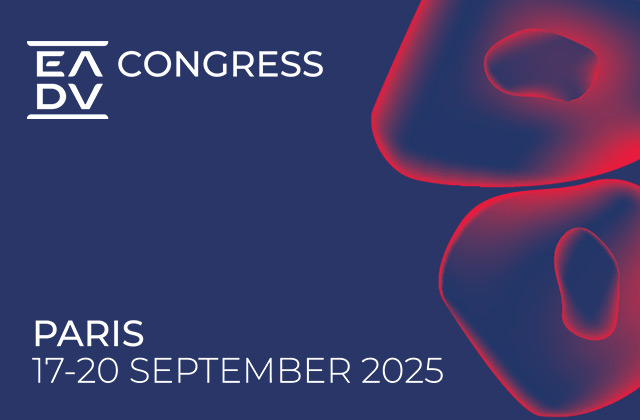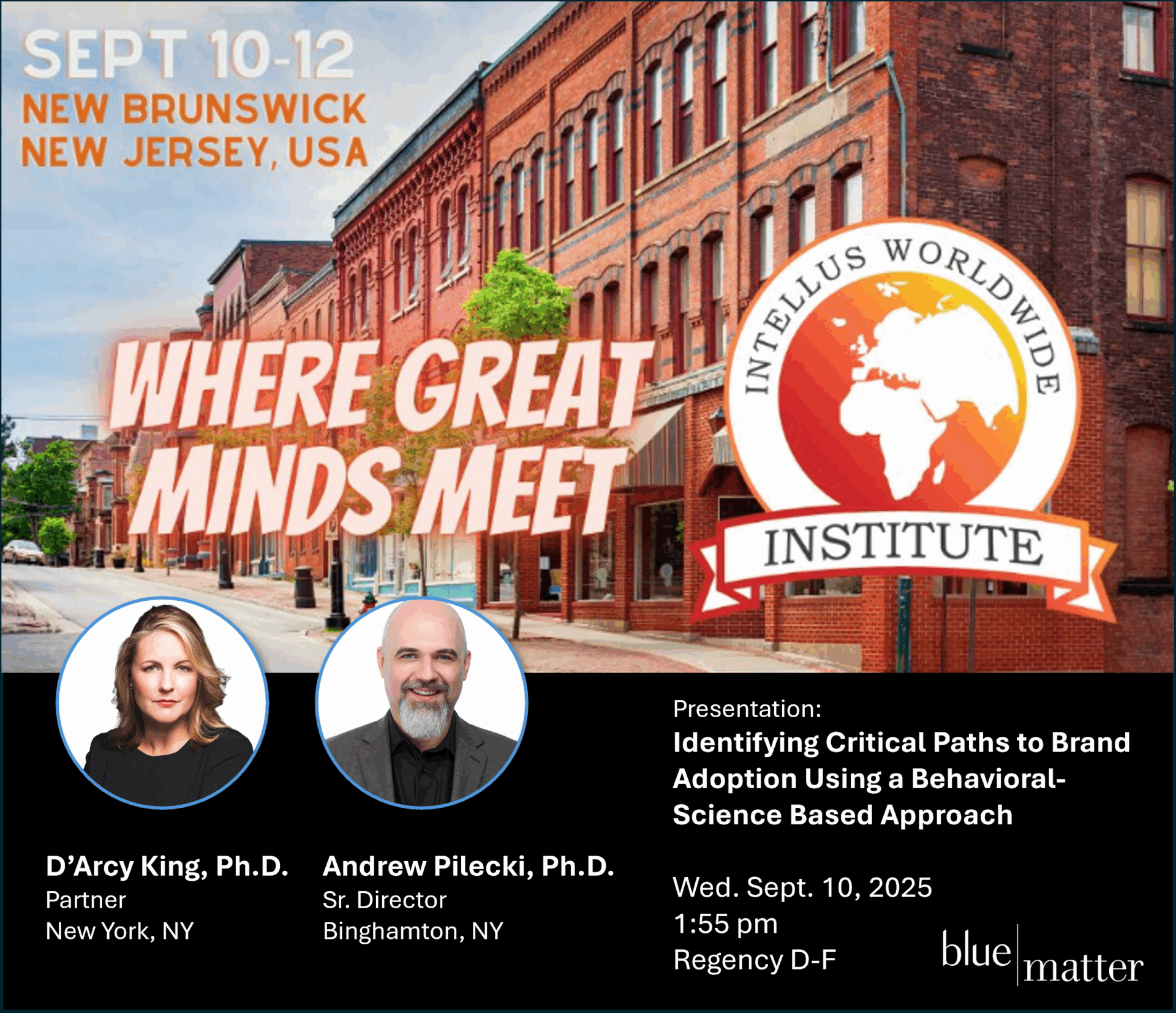
Late last month, a couple of teams from Blue Matter attended the ESMO Congress in Madrid, both for project work and to stay abreast of the latest innovations in oncology. One of those teams prepared a summary of their key takeaways, which you can read here. However, ESMO is a large meeting, and it’s impossible to report back on all the interesting things there in one post. So, we’ll be sharing some additional thoughts in this and other follow-up posts.
Combining Learnings from East and West in Head and Neck Cancer
In a society increasingly unified by the awareness and celebration of our diversity, it is fitting that one of the first sessions on the opening day of ESMO was dedicated to highlighting how we can utilise learnings from Asia and the West to drive towards better patient care.
“East meets West in the management of head and neck cancer: Learning from each other” was presented by Dr. Keam from the Seoul National University College of Medicine. Here, one of the main topics centred around the differences in presentation when comparing Western and Asian patients (e.g., the higher proportion of nasophyarngeal (NPC) and oral cavity cancer (OCC) in Asian patients), and what this might mean for applicability of data or guidelines across regions.
For example, much of the NPC data is generated from Epstein–Barr virus (EBV) endemic Asian regions (EBV is a key risk factor for developing NPC). This may impact the relevance of the data for Western patients, as non-patient factors—such as culture and the family support network—have been shown to contribute to a greater overall survival (OS) benefit for Asian patients, even in those with risk factors for poor prognosis.
Similarly, hyperprogression—a controversial phenomenon where the tumour grows rapidly and results in significantly worse OS for patients treated with an immune checkpoint inhibitor (ICI)—is seen more often in patients with oral cavity cancer. Although there is no currently established link with ethnicity, the higher incidence of oral cavity cancers in Asia means that it is more commonly seen by Asian healthcare providers.
Finally, some observers are eagerly awaiting data from LEAP-10, a study of pembrolizumab + lenvatinib to evaluate differences in efficacy based on head and neck squamous cell carcinoma (HNSCC) subtype. Almost 20% of the study sample was comprised of Chinese patients (n=100 / 511). However, LenvaPem in HNSCC has been recently discontinued due to missing its OS endpoint. If indeed a benefit exists for oral cavity head and neck cancer (HNC) patients, the loss of the treatment could disproportionately impact Asian patients just because no benefit was seen across all patients.
This poses big questions like:
- How should the community best serve these biological differences to ensure the right treatments for the right patients?
- Is precision medicine the key step forwards?
This resonates not just for HNC, but any diseases where there is a high prevalence in Asia. Companies need to increasingly bring previously “emerging markets” into their core global strategy to ensure appropriate resources and efforts are applied to create a more comprehensive data package for patients and physicians, and an overall strategy for success.
This highlights a trend within life science research and drug development for the increase in pipeline activity from Asian companies and increase in inclusion of Asian patients within trials. This is an evolving area that, as strategic partners for our clients, Blue Matter is actively monitoring and incorporating into our analysis when helping clients assess their strategic options.






